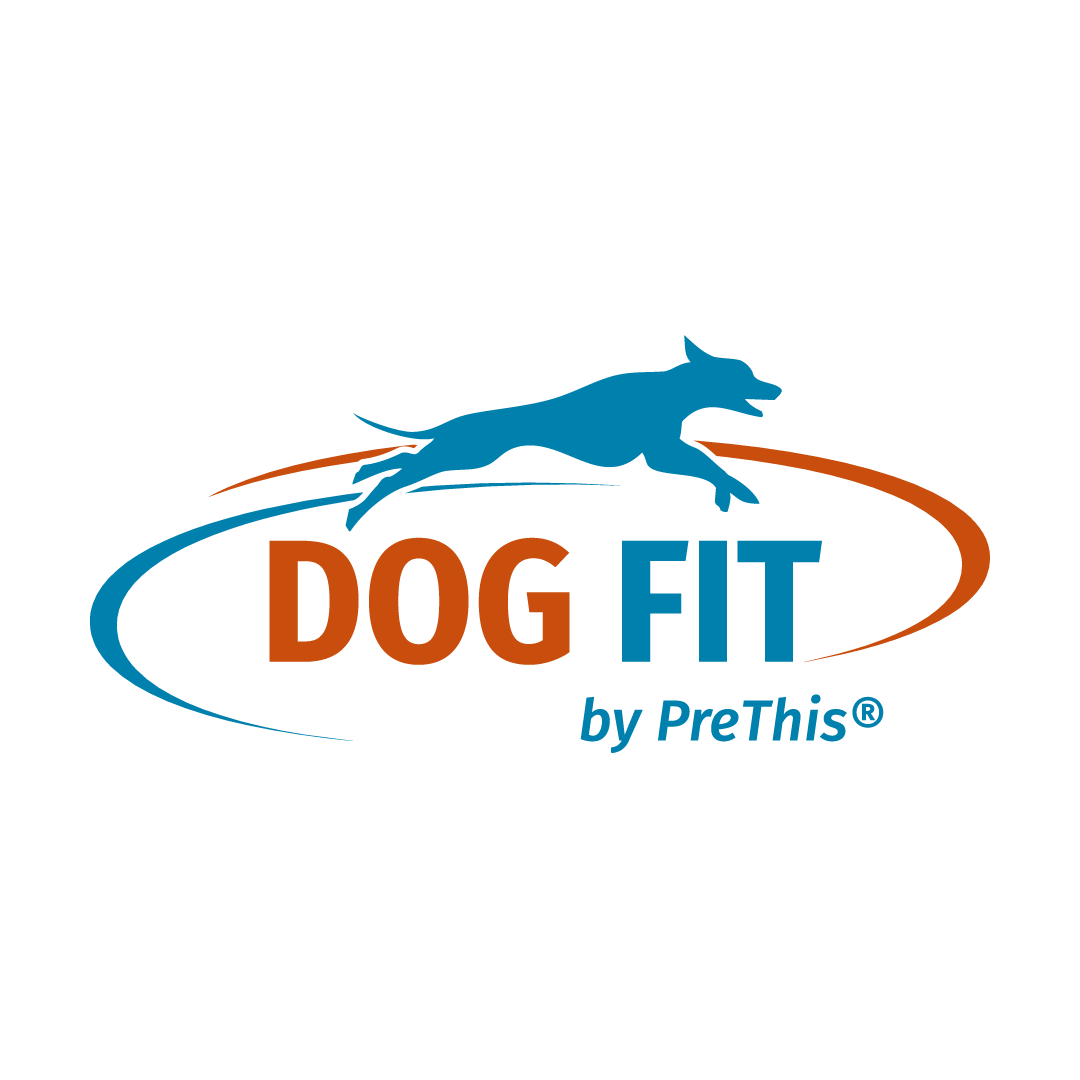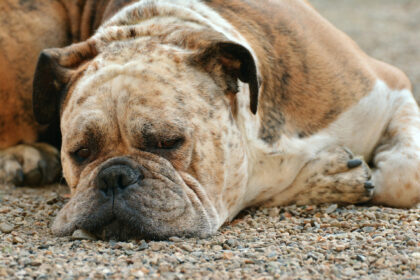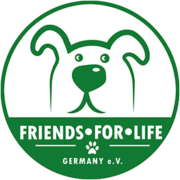Introduction
Oh, you fat dog: More and more dogs are overweight. Even if a “chubby” dog sometimes looks cute, obesity is often a serious health problem for the affected dog. Therefore, it’s important to identify causes, resolve problems, and ensure that your dog gets the healthy and active life it deserves.
Diet alone is not a solution
Many owners believe that simply giving less food is enough – but it’s not that simple. Obesity often has complex causes: In addition to excess calories, lack of exercise, poor food choices, or unconscious habits all play a role. Leftovers from the table, unsuitable treats, or unsuitable food types quickly accumulate calories, while essential nutrients are often neglected. Reducing food intake without adjusting the nutrient supply can therefore be counterproductive.
Choosing the right food
For a dog to lose weight while staying healthy, the food ration should be specifically tailored to the dog’s needs. Factors such as activity level, breed, age, and health status play an important role. Support from a professional nutritionist is advisable – as many veterinarians do not have specialized training in this area. Set feeding times and clear control of the daily food intake help keep track. Instead of lots of treats, you can also reward your dog with play or petting. Ready-to-eat diet foods are a no-go! There’s hardly anything more unhealthy for dogs, especially when it comes to dry food.
Exercise makes a difference
The same applies to dogs: exercise is essential. Regular, dog-friendly walks, playing together, or sporting activities such as jogging or cycling not only provide variety but also promote fat burning and increase overall well-being. It’s important to increase the intensity slowly – especially for dogs that are severely overweight. Several short walks are often better than one long walk, especially for small breeds or older dogs. Exercise not only strengthens muscles but also supports the cardiovascular system and promotes a zest for life.
Health Consequences of Obesity in Dogs
Excess weight affects many areas of a dog’s health. The cardiovascular system is strained, the joints and musculoskeletal system bear the extra weight, and metabolic diseases such as diabetes can result. Disc problems and liver dysfunction are also not uncommon in overweight dogs. Therefore, it is important to consistently address obesity – not with radical diets, but with patience and a sustainable change.
The Role of Micronutrients
Especially if the dog is overweight, the joints should be given special attention. The additional strain can strain the musculoskeletal system. High-quality micronutrients, such as those contained in balanced supplementary feed – for example glucosamine, collagen and MSM – can support the normal function of the joints and contribute to mobility. A balanced diet helps your dog stay vital and agile despite a diet.
Everyday tips for greater success
- Weigh your dog regularly and keep a small diary of exercise and food intake.
- Incorporate small exercises and games into your daily routine: balancing, retrieving, or small search games.
- Adjust the food ration to the reduced daily activity and replace treats with special time spent together.
- Observe your pet closely: Even small changes often have a big impact.
Conclusion
The path to an ideal weight is a process that requires patience and consistency – but it’s worth it. A healthy, agile dog benefits from a greater zest for life and a longer life expectancy. A balanced diet, plenty of exercise, and the right support in everyday life make all the difference. With a targeted focus on your dog’s needs, nothing stands in the way of a fit and healthy dog life.
You and your dog: Life with a dog is characterized by many shared moments and small Everyday adventures. Every day brings new experiences that enrich our relationship. Those who pay close attention to their four-legged friend’s needs lay the foundation for a long, trusting partnership. Because it’s often the little things that create a special bond between dog and human.

The content of the articles is for general information purposes only and does not replace diagnosis or treatment by a veterinarian. Reviews or testimonials are individual reports from verified customers. This information does not constitute medical advice and should not be understood as such.
Our daily inspiration comes from the special moments with our dogs. Here we share this enthusiasm and invite you to become part of the DOG FIT community on our social media channels.



Leave a Reply